How much do we need?
Ever wondered when you see food nutrition labels what all of the different abbreviations mean?

Share
How much do we need?
Food nutrition labeling – What’s it all about?
Ever wondered when you see food nutrition labels what all of the different abbreviations mean? It can be really confusing, sometimes we see an amount in grams or micro grams, and sometimes it’s a percentage. How are you supposed to know how any of it relates to your health?
Here they are:
RI - Reference intake (UK & EU)
DV – Percent daily value (US)
NRV – Nutrient reference values (UK & EU)
RDA – Recommended daily amount
So what are they?
Recommended daily amounts or RDAs
RDAs are the amounts of nutrients that we need to get from our diets on a daily basis to protect and maintain our health. Due to the amount of science and analysis required to arrive at an RDA, millions have been spent to establish these guidelines.
They were set by the US Food and Nutrition Board at the Institute of Medicine, part of the National Academy of Sciences in 1941. The RDAs were then updated in the 1990’s and are set not just to avoid deficiency syndromes such as scurvy or rickets, but also to prevent the onset of chronic disease such as cancer, heart disease and Alzheimer’s.
Whilst the RDAs (recommended daily/dietary allowances) for nutrients may not be perfect for every individual they are a good starting point towards establishing a truly balanced diet.
In 2014 food labeling changed to display NRVs or RIs in the UK, these are based on amounts of vitamins and minerals set by the European Food Safety Authority (EFSA), a percentage of which food and drink products need in them to qualify to make a nutrition or health claim on labeling.
RDAs on the other hand take into account age and gender and are therefore a much more accurate starting point towards establishing a truly balanced diet for you.
Because RDAs are set at a level to protect against chronic diseases it is a good idea to maintain this steady supply of nutrients and leave your body to decide how much it needs at any given time.
Why a regular supply?
Even though our bodies store vitamins and minerals it is best to stay topped up on a regular basis for any eventuality. For example if we need to produce more coenzyme Q10 (vital for the creation of energy) we also need supplies of 6 B vitamins and vitamin C in our bodies to facilitate this.
Processes are going on in our bodies all the time such as cellular repair (healing) and regeneration. At any given time our bodies may need to call on reserves of nutrients to facilitate the processes required for our ongoing health. These processes are happening 24 hours a day and we are largely unaware of them.
Millions spent!
A lot of research and science has gone into establishing RDAs and it is not research that had or has any commercial imperative. It has been taken on by governments concerned for the health of their people rather than companies wanting to sell a product to the general public (such as a drug or supplement).
Vital interactions
RDAs are set to enable all the various nutrients in food to compliment, interact and empower each other at sufficient levels, so keeping to the RDAs or above can only result in benefits if consumed from natural food.
To establish a truly balanced diet for yourself that provides protection, RDAs are the starting point!
Due to our body's ability to store nutrients you can take an average over a week or a month say and check that you are meeting your overall RDAs.
Keeping a Food Diary
The best way to know how you are doing with relation to your RDA intake is to keep a food diary.
The food tracker on CheckYourFood.com is set to your personal information, so when you see your reports it won’t be for an average person, it will take into account your age and gender, so your results are far more accurate than the average online food diary.
To start your free food diary click below:
Start my food diary now
And make sure you are protecting your health with an adequate amount of nutrients.
"The more I smash my RDA's the better I feel, the better I feel the more I want to smash my RDA's, it's like a competition with myself to feel better and better and better!"
Iain Jackson - Ex professional boxer, Personal Trainer
Matt Wright – Director @ the CheckYourFood Group
“Always on the side of information”
Love this? Get blogs and more in your inbox
Subscribe to receive our blogs plus each weeks featured ingredient, recipe and nutrient in your inbox
Thank you for registering

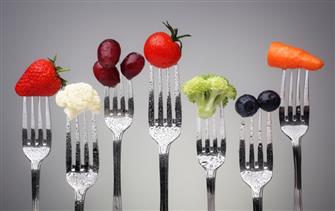 About nutrients
About nutrients
 All nutrients
All nutrients
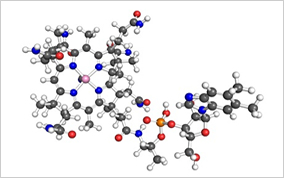 vitamins
vitamins
 minerals
minerals
 phytochemicals
phytochemicals
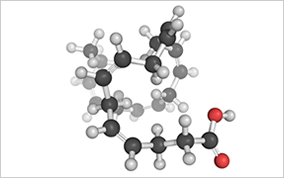 fatty acids
fatty acids
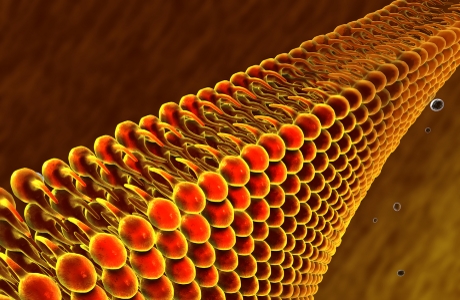 macronutrients
macronutrients
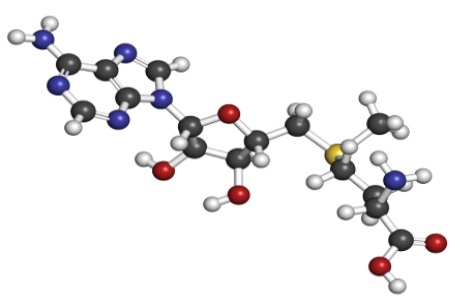 amino acids
amino acids




